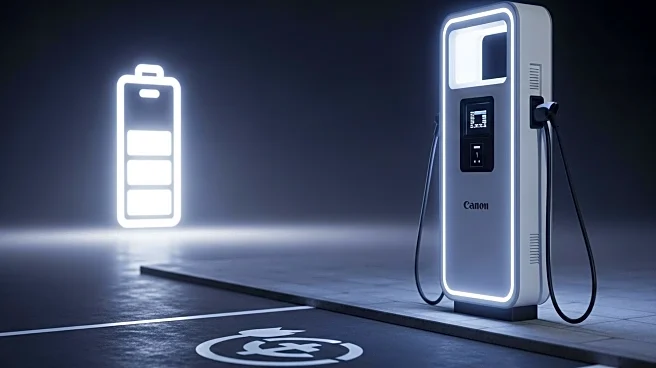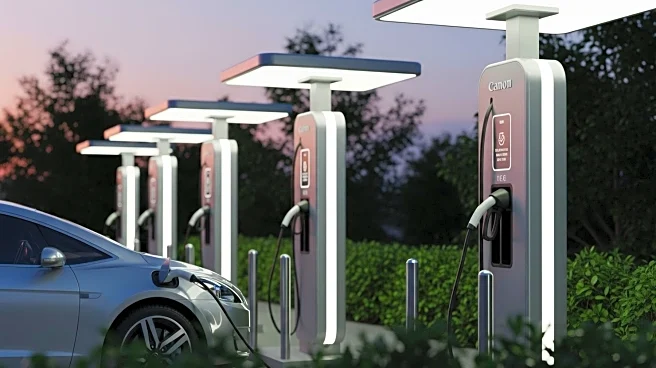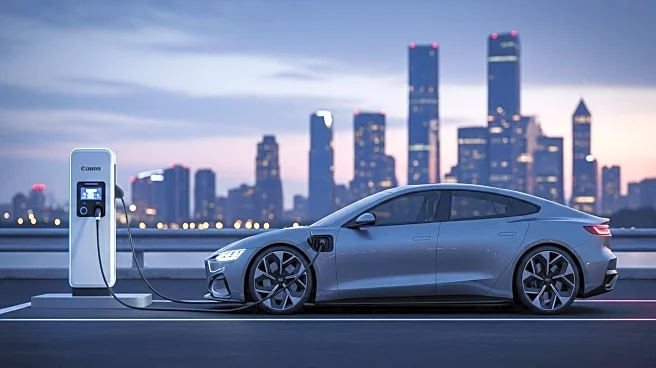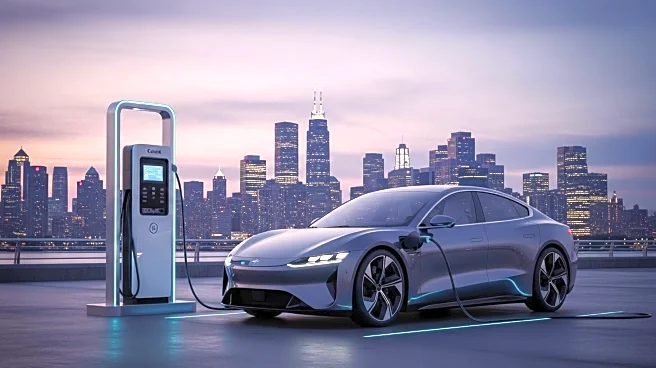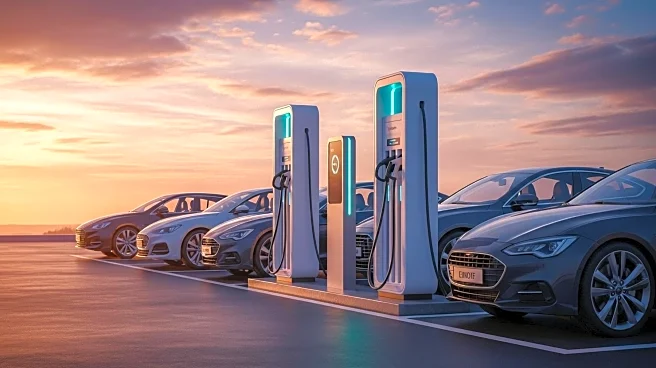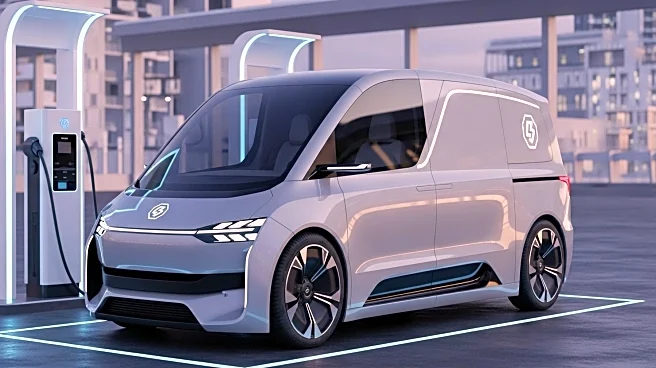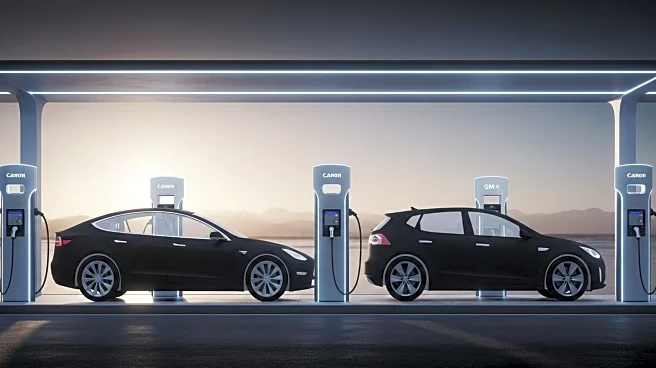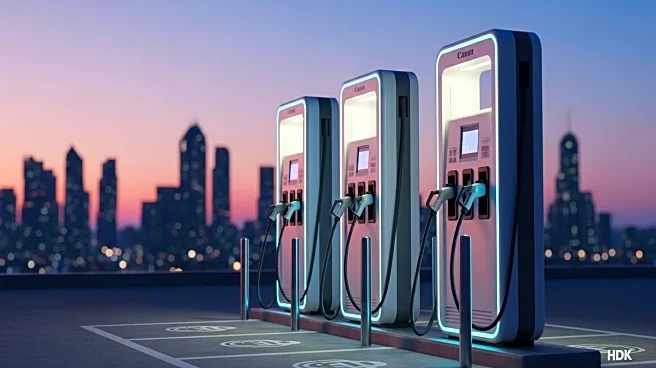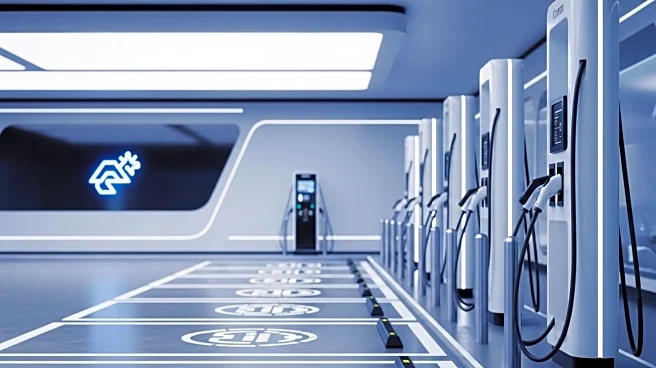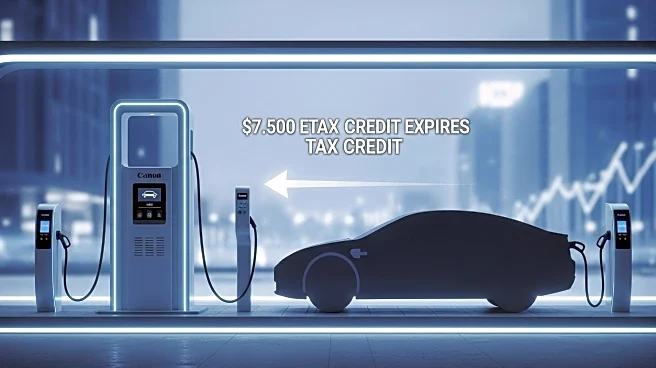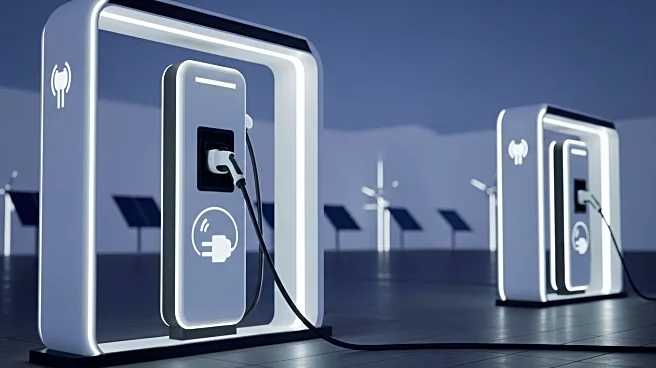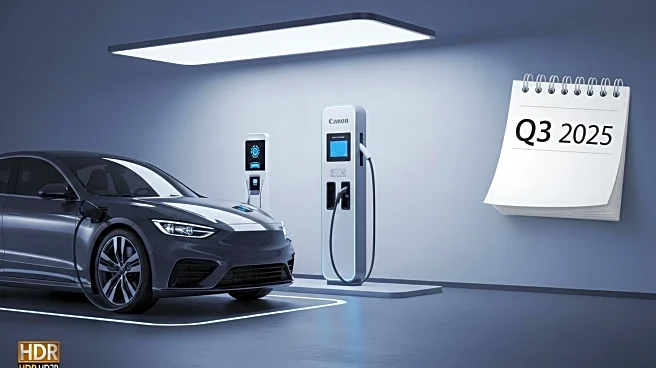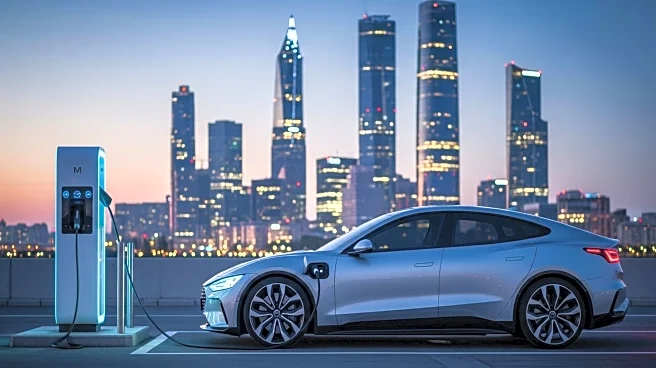What is the story about?
What's Happening?
The expiration of the $7,500 electric vehicle (EV) tax credit on September 30 has prompted Tesla to reassess its pricing strategy. Historically, Tesla has thrived even without such credits, as seen in 2019 when it boosted sales by offering more affordable models like the Model 3. With the tax credit no longer available, Tesla is expected to leverage its manufacturing and technological efficiencies to maintain competitive pricing. This shift is anticipated to level the playing field, particularly affecting competitors like Ford and General Motors, which have relied heavily on the tax credit to offset high production costs and dealer markups.
Why It's Important?
The removal of the EV tax credit could significantly impact the U.S. automotive industry. Tesla, which has been profitable without the credit, may gain a competitive edge over rivals who have depended on it. This change could expose financial vulnerabilities in companies like Ford and GM, potentially leading them to scale back their EV initiatives. For Tesla, the absence of subsidies may drive further innovation and affordability, enhancing its market position. Investors might view this period as a critical test for EV manufacturers, influencing future investment decisions.
What's Next?
Tesla plans to launch more affordable models this quarter, aiming to capture market share from competitors. If Tesla can offer a model priced near $30,000, it could undercut many existing EVs, such as the Nissan Leaf, Fiat 500e, and Chevrolet Equinox EV, which are priced above $28,000 without the tax credit. This strategic move could solidify Tesla's dominance in the EV market, while other manufacturers may need to reevaluate their pricing and production strategies in response to the changing market dynamics.
Beyond the Headlines
The expiration of the EV tax credit may prompt a broader industry shift towards self-sufficiency and innovation. Companies that have relied on subsidies might need to focus more on cost reduction and technological advancements to remain competitive. This could lead to a more dynamic and competitive market, potentially accelerating the development of more affordable and efficient EVs. The long-term impact may include a reevaluation of government policies on subsidies and their role in fostering innovation versus market distortion.
AI Generated Content
Do you find this article useful?
